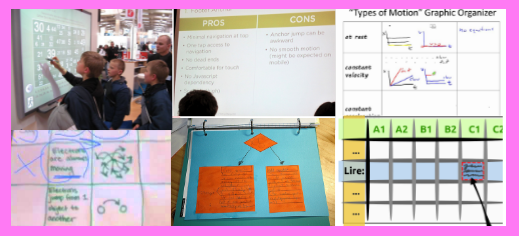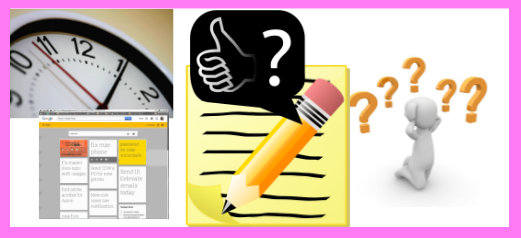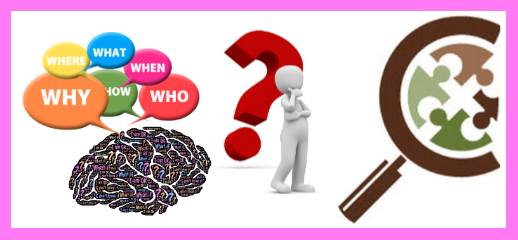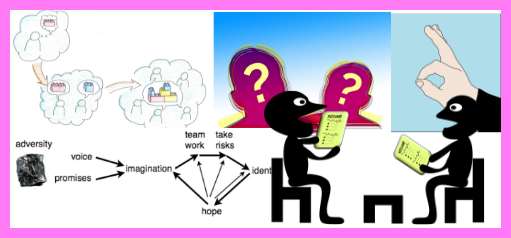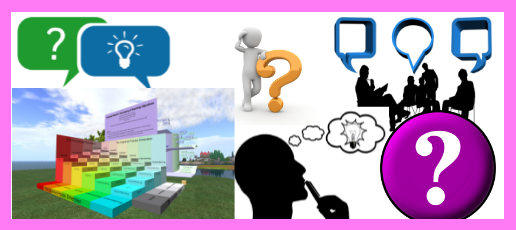
Chapter 5 in Daniels, Harvey. Subjects Matter: Exceeding Standards through Powerful Content-area Reading. Print.

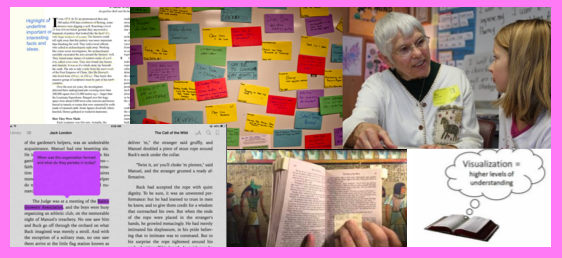
For part 2 of During Reading Activities, go here.
- Partner Reading
- Focus
- Sharing ideas, Discussing, Debate
- Description
- Partners side by side take turns reading a content-area text
- Take turns per paragraph
- In between paragraph discuss what they just read
- This can be a warmup that transitions to individual silent reading
- Why Use It?
- Build up to more independent reading
- Can help students understand dense texts
- Can support students who are not year ready for careful independent reading
- How Does It Work?
- Select important chunk of content-area text and set aside 5-10 minutes of classroom reading time
- Form pairs of students who can work together and have similar reading levels
- Use a volunteer to act as a co-model while you model the strategy for the class. Model reading aloud, taking turns at paragraphs, and pausing between paragraphs to discuss the text
- Possible Discussion questions:
- What did the author say?
- What were the big ideas?
- Were there some hard words?
- Is there anything we didn’t understand?
- How can we figure it out?
- What questions do we have?
- What do you think we will come up with in the next paragraph?
- After demo, let pairs begin reading. Circulate around the room and observe the pairs at work. Coach pairs as needed. Note patterns of confusion and address these in later lessons.
- At close of activity, ask several pairs to share what their understandings and questions of the text.
- Variation
- Students can read in unison and discuss texts in between paragraphs
- Students can read silently and discuss texts in between paragraphs
- Related Reading
- Focus
- Post-It Response Notes
- Focus
- Reading as Thinking
- Description
- Students periodically pause while reading text to think and react to text
- Record thoughts and questions on post-it-notes
- Post-it notes can be used in later discussions and writing assignments
- Why Use It?
- Helps readers slow down, focus and notice important parts of text
- Creates concrete notes that can be referred to later
- Can be rearranged to show different relationships among ideas in text
- Relaxing form of note taking because post-its are small, readers/writers can see they don’t need to write a lot
- How Does It Work?
- Model how to use text with a short passage (~2 paragraphs)
- notes for confusing points
- notes for surprising points
- nots to summarize key points
- Let students try out strategy. After several minutes of using the strategy, encourage students to turn their neighbor and discuss their notes.
- Discuss the post-its with the whole class.
- Can call on feedback related to key points by asking for post-its at specific locations in the text (bottom of page 3)
- Ask questions to pull out key elements of the text – conflicts, debates, main ideas, confusing points, surprising points, etc
- Can also have students bring their notes to a common whiteboard area and group notes under key categories such as: main idea, conflict, confusing points, etc
- Prior to transferring notes out of book, have students write their name on post-its and the page #
- Model how to use text with a short passage (~2 paragraphs)
- Variation
- Color code notes to distinguish between different types of responses such as summaries, questions, etc
- Use chart paper to divide up post-its into different categories
- Use summary notes and quotes to write a paragraph summary of the text. See Writing to Learn articles and Quick Writes articles for even more ideas.
- Can use Post-Its as Admit or Exit Slips
- Focus
- Annotating Text
- Focus
- Reading as thinking
- Making connections to other texts, information and self
- Description
- Students take notes on key, puzzling, surprising points in the text in the text margins
- Why Use It?
- Teaches active reading processes: stop, think and react
- Practice generating questions from the text
- How Does It Work?
- Model how to use the strategy with a short passage. Think aloud as you mark up the margins to show how to stop, think and react to text excerpts.
- Ask students to categorize model feedback according to types such as
- questions
- connections
- visual images
- important parts
- predictions
- times I got lost
- wow factors
- authors’ style, point of view
- Have students implement strategy with the above list of types of feedback in view. Encourage students to stop and think at points that go with all the categories listed above.
- Provide many opportunities for students to develop their annotation skills over time
- Variation
- Have students read and annotate text while assuming a content-specific point of view such as a famous scientist, historical figure, etc (Point of View Annotation)
- (Conceptual Annotation) have students to watch for specific conceptual groupings while taking notes. For best results, limit categories to 3 or 4
- Example of concept groups: causes of concussions, symptoms of concussions, treatment of concussions, prevention of concussions
- Related Reading
- Focus

Teaching students how to actively process texts while reading them can help them grow into smarter readers who know to stop, think and react to texts. Helpful reactions to texts include noticing key points, surprising points, and confusing points and generating related questions and predictions.

Preparation Steps
- Decide which During Reading strategies will help your students actively and effectively process texts
- Practice the strategy you’re about to model
- Select a short passage for the demonstration of the strategy
- Gather related materials: texts, post-its, chart paper, etc
Early Implementation Steps
- Model the strategy using a sample text and think aloud protocol
- Give instructions for strategy and explain how strategy artifacts will be used later
- Give students opportunities to use the strategy (multiple opportunities for annotation strategies so students can develop skills over time)
- Facilitate discussions based on strategy artifacts
Advanced Implementation Steps
- Have students expand on their strategy artifacts using Writing to Learn or Quick Writes strategies
- Read Interrogating Texts: 6 Reading Habits to Develop in Your First Year at Harvard and develop scaffolding and set aside times (over extended period of time) for students to develop 6 reading habits

- Reading articles
- Literacy articles
- Writing to Learn articles
- Quick Writes articles
- Questioning strategies articles
- Teaching Students to Ask Questions
- Setting and Testing Hypotheses

